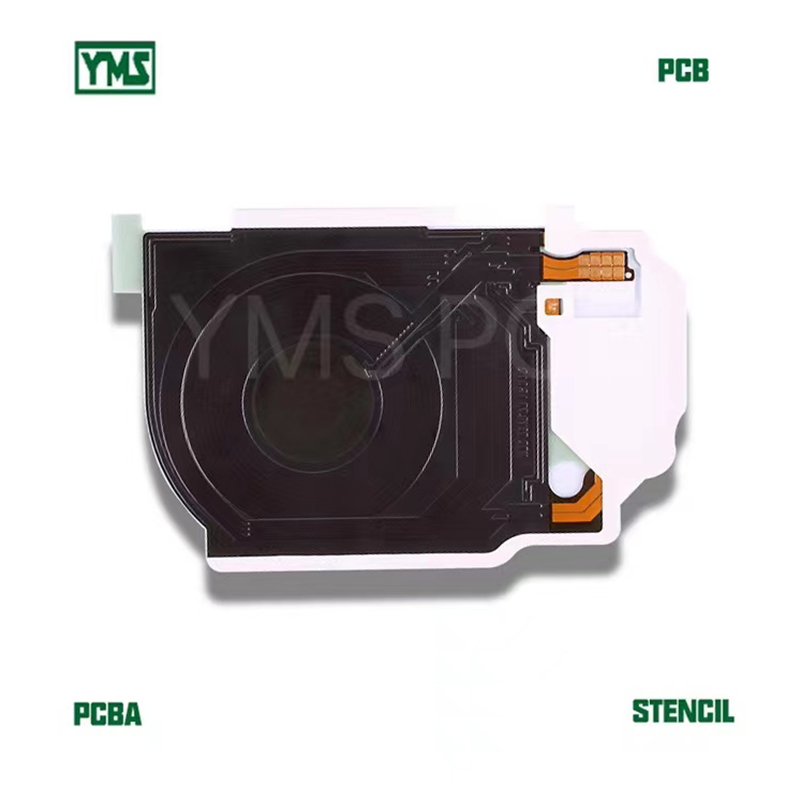In the rapidly evolving field of aerospace technology, the demand for reliable and efficient electronic components is paramount. One such component is the flexible printed circuit board (PCB), which offers adaptability and high-performance characteristics essential in high-temperature environments. This article delves into the advantages and applications of four-layer flexible PCBs specifically designed for aerospace applications.

Aerospace applications often require components to function under extreme temperature conditions. Four-layer flexible PCBs are engineered using materials that ensure reliability even at elevated temperatures, often exceeding 125°C. These PCBs demonstrate excellent thermal stability and can maintain signal integrity and electrical performance in challenging environments.
Flexible PCBs are versatile and can be utilized in various aerospace systems, including avionics, satellite communication, and control systems. Their lightweight and compact nature makes them ideal for applications where space and weight are critical factors. Furthermore, their flexibility allows for intricate designs that conform to the complex geometries of modern aircraft.

Reliability is a critical concern in aerospace systems, where failure can result in catastrophic consequences. Flexible PCBs are subjected to rigorous testing to ensure they meet the stringent reliability standards set by the aerospace industry. Their ability to withstand thermal, mechanical, and environmental stresses enhances their suitability for use in safety-critical applications.
As the aerospace industry continues to innovate, the need for advanced electronic components like flexible PCBs will only grow. Their high-temperature performance, versatility, and reliability make them indispensable in modern aerospace applications. Investment in flexible PCB technology will undoubtedly contribute to the development of safer, more efficient aviation systems.

